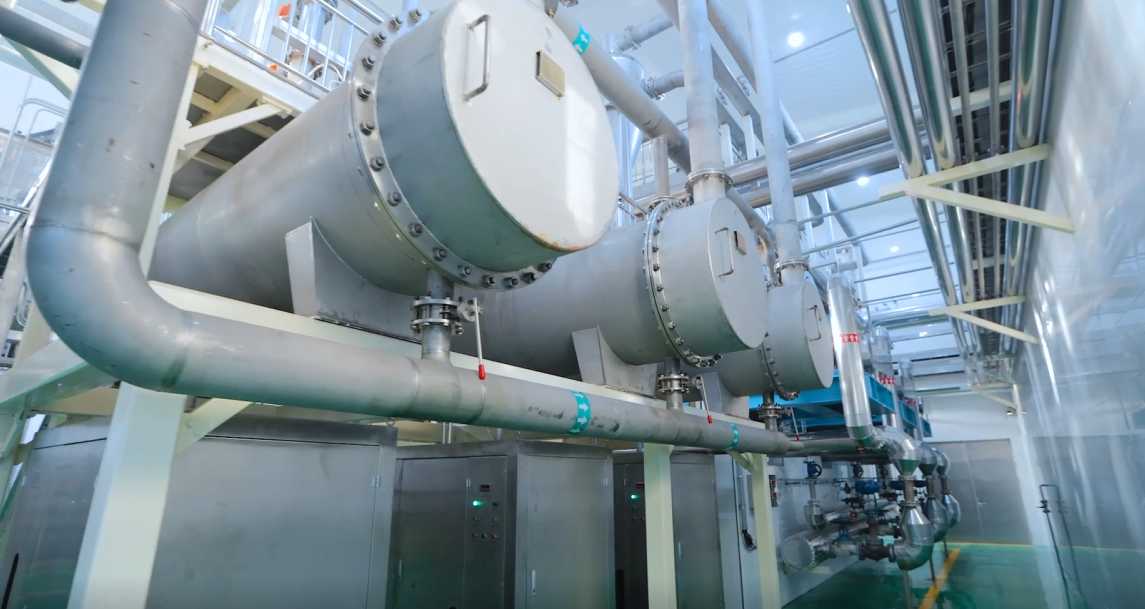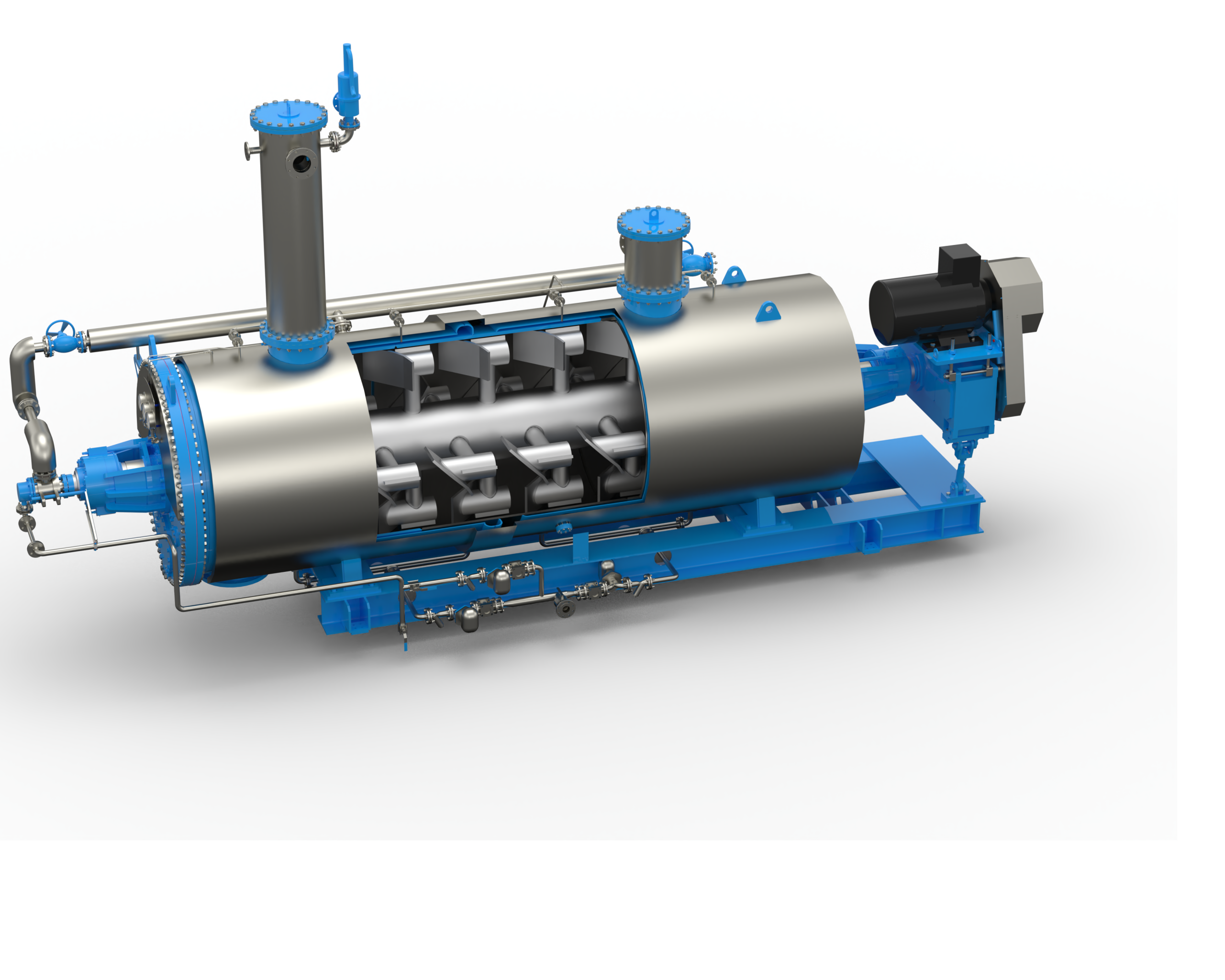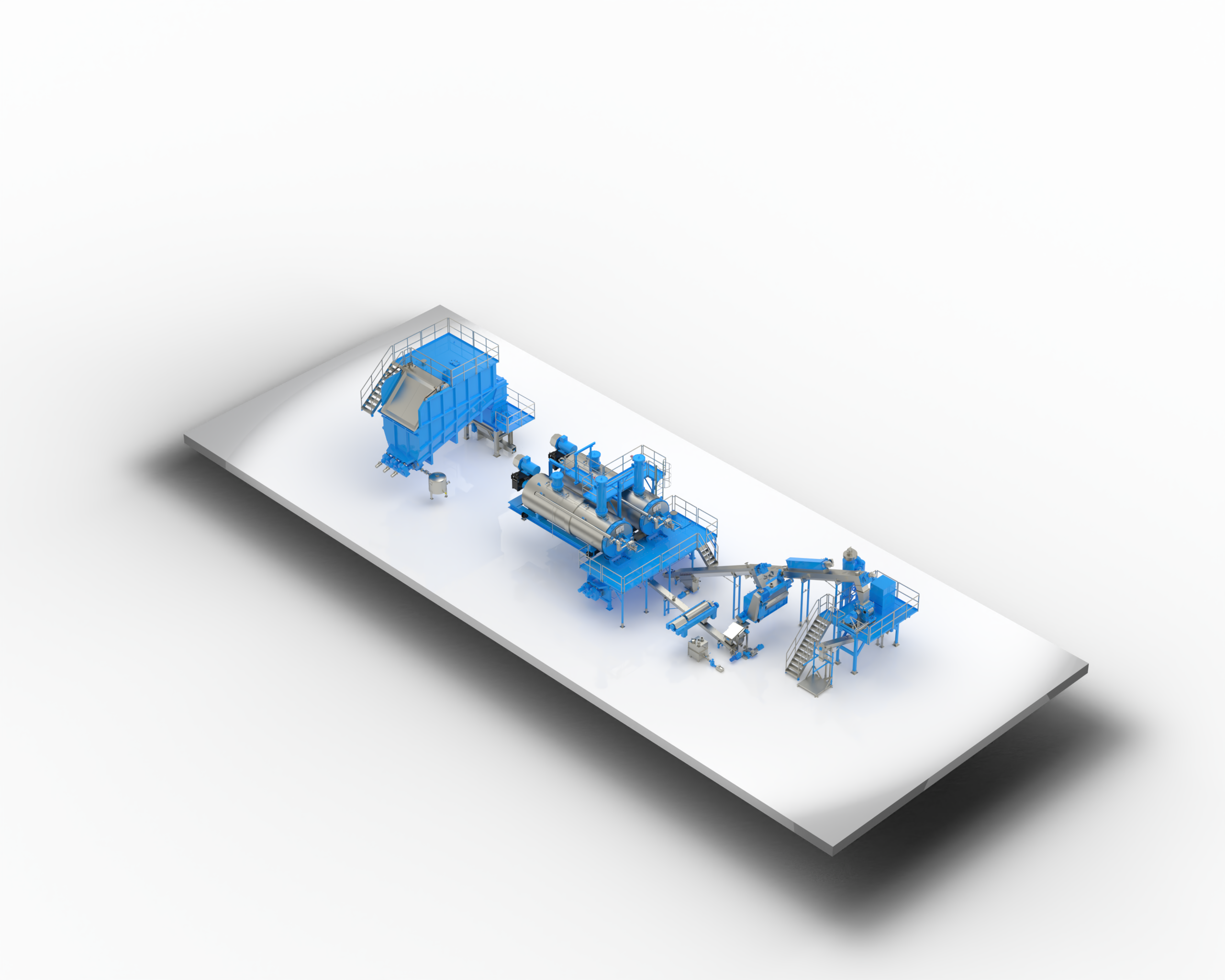
What is Rendering Meat: A Clear Explanation
What is Rendering Meat: A Clear Explanation
What is Rendering Meat? Rendering meat is a process that has been used for centuries to extract fat from animal tissues. It involves melting the fat at a low temperature to separate it from the solid protein and connective tissue. The resulting liquid fat, known as tallow or lard, can be used for cooking, soap-making, and other applications.

Rendering meat can be done with any type of animal fat, but it is most commonly done with beef, pork, and chicken. The fat is typically cut into small pieces and placed in a heavy-bottomed pot or pan. The heat is then turned on low, and the fat is slowly melted over several hours. As the fat melts, it separates from the solid protein and connective tissue, which can be strained out of the liquid fat.
Basics of Rendering Meat

Rendering meat is a process of melting down the fat and tissues of animal products, such as beef, pork, and chicken, to produce a usable liquid fat called tallow or lard. The rendered fat can be used for cooking, soap making, and even as a source of fuel.
The process of rendering meat involves heating the fat and tissues in a pot or pan until the fat melts and separates from the tissue. The liquid fat is then strained and cooled before being used or stored.
There are two main methods of rendering meat: dry rendering and wet rendering. Dry rendering involves cooking the sunrise meat in a dry pan or oven until the fat melts, while wet rendering involves adding water to the meat and simmering it until the fat separates.
It is important to note that the quality of the rendered fat depends on the quality of the meat used. It is recommended to use high-quality meat with a good amount of fat for the best results.
Rendering meat can be a messy and time-consuming process, but it can also be a cost-effective and sustainable way to make use of animal products. With the right tools and techniques, anyone can render their own meat at home.
Rendering Techniques

Wet Rendering
Wet rendering is a technique used to extract fat from animal tissues using water. This method involves boiling the animal parts in water until the fat melts and separates from the protein and other solids. The fat is then skimmed off the top and collected for further processing.
Wet rendering is commonly used for fatty animal parts such as pork belly, beef fat, and chicken skin. The resulting fat can be used for cooking, as an ingredient in food products, or even as a fuel source.
Dry Rendering
Dry rendering is a technique used to extract fat from animal tissues without the use of water. This method involves heating the animal parts in a dry environment until the fat melts and separates from the protein and other solids. The fat is then collected and further processed.
Dry rendering is commonly used for tougher animal parts such as bones, tendons, and ligaments. The resulting fat is typically used for industrial purposes such as making soap, candles, and lubricants.
Both wet and dry rendering techniques have their advantages and disadvantages. Wet rendering tends to produce a higher quality fat with less impurities, but it can be more time-consuming and requires more equipment. Dry rendering, on the other hand, is faster and requires less equipment, but the resulting fat may contain more impurities and have a stronger odor.
Overall, the choice of rendering technique depends on the type of animal parts being rendered and the intended use of the resulting fat.
Benefits of Rendering Meat

Nutritional Value
Rendering meat has several nutritional benefits. It helps to break down the connective tissues and collagen in meat, making it easier to digest. This results in the release of important nutrients, such as amino acids and minerals, which are essential for maintaining a healthy body.
Rendering also helps to remove excess fat from meat, making it a leaner and healthier protein source. This is particularly beneficial for individuals who are watching their cholesterol levels or trying to maintain a healthy weight.
Culinary Uses
Rendering meat is a common technique used in many culinary applications. It can be used to create flavorful stocks and broths, which are essential for making soups, stews, and sauces. The process of rendering also helps to intensify the flavor of meat, making it a popular choice for slow-cooked dishes like pot roasts and braises.
In addition, rendered fat can be used as a cooking medium, adding flavor and richness to dishes like sautéed vegetables and roasted potatoes. It can also be used to make homemade lard, which is a popular ingredient in many baked goods.
Overall, rendering meat is a versatile technique that offers several nutritional and culinary benefits. Whether you are looking to improve the nutritional value of your meals or enhance the flavor of your dishes, rendering meat is a technique worth exploring.
The Rendering Process
Rendering is a process that involves the conversion of animal by-products into useful materials. This process is carried out by heating the raw materials to a high temperature, which separates the components of the material into different fractions.
Preparation of Raw Materials
The rendering process begins with the collection of animal by-products such as fat, bones, and meat scraps. These materials are then sorted and cleaned to remove any impurities. The materials are then ground into small pieces to increase the surface area, which makes it easier to heat them evenly.
Heating Methods
The heating method used in rendering depends on the type of material being processed. Dry rendering involves heating the material in a dry environment, while wet rendering involves adding water to the material to create a slurry. The material is then heated in a pressurized vessel to break down the components.
Separation of Components
The heating process causes the components of the material to separate into different fractions. The fat is separated from the protein and bone material, and the water is evaporated to leave a dry, powdery substance. The different fractions can then be sold for use in various industries.
Overall, the rendering process is an efficient way to convert animal by-products into useful materials. The process is carried out using different heating methods depending on the type of material being processed, and the resulting fractions can be sold for use in various industries.
Industrial Rendering
Large-scale rendering operations are an essential part of the meat processing industry. They are responsible for converting animal by-products into various products such as animal feed, biodiesel, and other industrial applications. The rendering process is a complex and highly regulated process that requires specialized equipment and skilled personnel.
Large-Scale Operations
Rendering plants are typically located near meat processing facilities to minimize transportation costs. These plants can process large quantities of animal by-products, including bones, fat, and other tissues. The materials are first sorted, and then cooked in large vessels called digesters. During the cooking process, the materials are heated to high temperatures, which helps to break down the tissues and separate the fat from the protein.
After cooking, the materials are further processed to remove any remaining moisture and impurities. The final product is then packaged and sold to various industries as animal feed or other industrial applications.
Equipment Used
The equipment used in large-scale rendering operations is specialized and designed to handle large quantities of animal by-products. The most common equipment used includes digesters, centrifuges, and dryers.
Digesters are large vessels used to cook the materials at high temperatures. They are typically made of stainless steel and can hold up to several hundred tons of material. Centrifuges are used to separate the fat from the protein after cooking. They work by spinning the materials at high speeds, which causes the fat to separate from the protein. Dryers are used to remove any remaining moisture from the materials before packaging.
In conclusion, large-scale rendering operations are a critical component of the meat processing industry. They help to convert animal by-products into useful products such as animal feed and biodiesel. The process requires specialized equipment and skilled personnel to ensure that the final product is of high quality and meets all regulatory requirements.
Home Rendering Practices
Rendering meat at home is a common practice that has been used for centuries. It involves cooking and melting down animal fat to create a liquid form that can be used for various purposes. Here are some common home rendering practices:
Rendering Fat
To render fat, the meat is first cut into small pieces and cooked over low heat until the fat is melted. The melted fat is then strained through a cheesecloth to remove any impurities. The resulting liquid can be stored in the refrigerator or freezer for later use.
Uses for Rendered Fat
Rendered fat can be used for a variety of purposes, including cooking, baking, and even soap making. It can be used as a substitute for butter or oil in recipes, and it can also be used to add flavor to dishes.
Safety Precautions
When rendering meat at home, it is important to take safety precautions to prevent the spread of bacteria. It is recommended to use a clean cutting board and knife, and to wash your hands thoroughly before and after handling the meat. It is also important to cook the meat to the appropriate temperature to ensure that any harmful bacteria are destroyed.
Conclusion
Rendering meat at home can be a great way to make use of every part of the animal and add flavor to your dishes. With proper safety precautions and techniques, it can be a safe and enjoyable practice.
Safety and Hygiene
When it comes to rendering meat, safety and hygiene are of utmost importance. Proper handling and processing of meat can prevent the spread of harmful bacteria and other contaminants.
One important aspect of meat rendering is temperature control. Meat should be kept at a safe temperature to prevent the growth of bacteria. This includes both during storage and processing. It is recommended that meat be stored at or below 40°F (4°C) to prevent the growth of bacteria.
Another important factor in meat rendering is cleanliness. All equipment and surfaces that come into contact with meat should be thoroughly cleaned and sanitized to prevent the spread of bacteria. This includes knives, cutting boards, and other tools used in the rendering process.
In addition to temperature control and cleanliness, proper handling of meat is essential for safety and hygiene. Meat should be handled with clean hands and utensils to prevent the spread of bacteria. Any meat that appears spoiled or has an unusual odor should be discarded immediately.
By following these safety and hygiene guidelines, meat rendering can be done safely and effectively, ensuring a high-quality product for consumers.
Environmental Considerations
Waste Management
Rendering meat can produce large amounts of waste, including animal byproducts and wastewater. These waste products can have negative impacts on the environment if not properly managed.
One way to manage waste is through the use of anaerobic digestion systems that can convert organic matter into biogas. Biogas can then be used as a renewable energy source. Additionally, rendering facilities can implement waste reduction strategies, such as reusing and recycling materials, to minimize the amount of waste generated.
Sustainability Practices
Rendering meat can also have significant environmental impacts in terms of greenhouse gas emissions and energy use. However, there are sustainable practices that can be implemented to reduce these impacts.
One such practice is the use of renewable energy sources, such as solar or wind power, to power rendering facilities. Another practice is the implementation of energy-efficient technologies, such as heat recovery systems, to reduce energy consumption.
Additionally, rendering facilities can source their raw materials from sustainable sources, such as farms that use regenerative agriculture practices. This can help reduce the environmental impacts associated with meat production and rendering.
Overall, proper waste management and sustainable practices are crucial for minimizing the environmental impacts of rendering meat.



